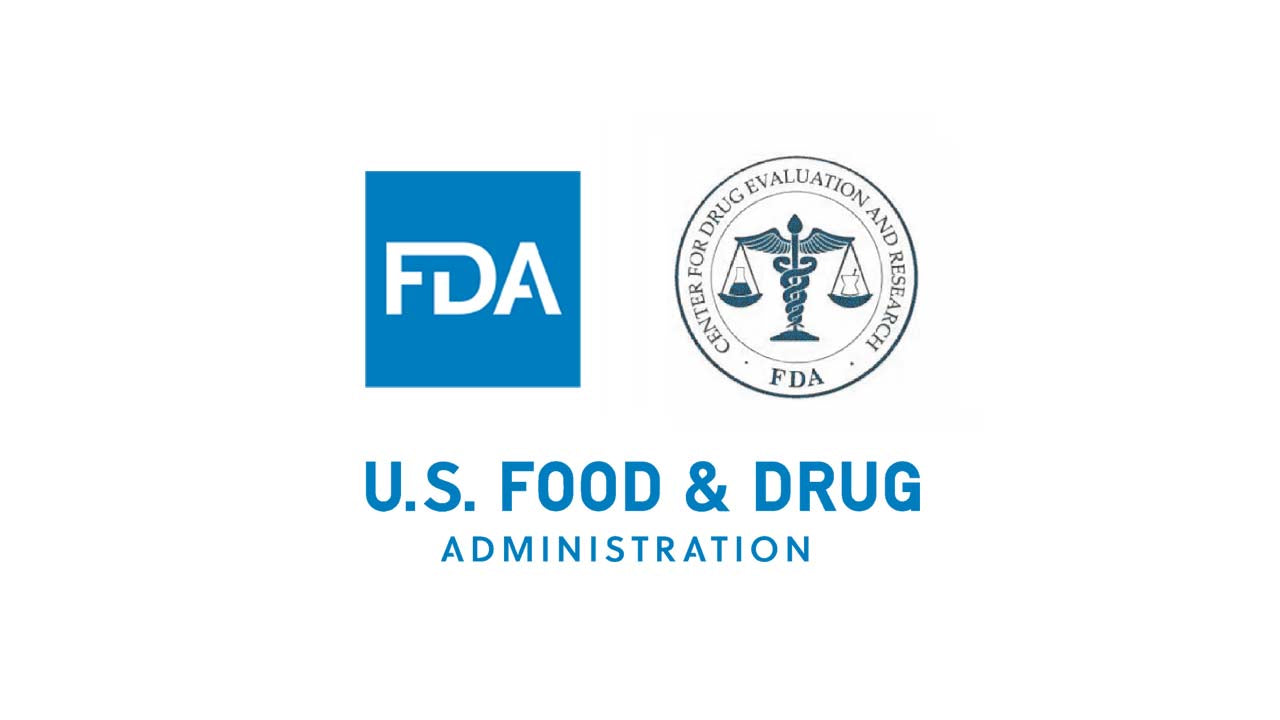Following UltraNuclease's DMF filing, YEASEN has obtained DMFs of core enzymes from the US FDA.
The filing number is:
| Number | Product Name | Filing Number |
| 1 | T7 RNA Polymerase | MF037035 |
| 2 | mRNA Vaccinia Capping Enzyme | MF037433 |
| 3 | mRNA Cap 2'-O-Methyltransferase | MF037434 |
| 4 | Pyrophosphatase,Inorganic | MF037545 |
| 5 | Murine RNase inhibitor | MF037546 |
| 6 | BspQI | MF037607 |
| 7 | DNAse I | MF037744 |
| 8 | UltraNuclease | MF037298 |
| 9 | Salt Active UltraNuclease | MF037815 |
| 10 | PEI | MF038217 |
1. What is DMF?
The DMF (Drug Master File) is an archived document submitted by DMF holder to the Food & Drug Administration. The content contains detailed information about the production facilities, technological processes, quality control, raw materials, and packaging materials used in the production, processing, packaging, and storage of pharmaceutical products for the human body. There are five types of DMFs:
| Type | Range |
| Type I | Manufacturing site, Facilities, working procedures, personnel (now cancelled) |
| Type II | Drug Substance, Drug Substance Intermediate, and Material Used in Their Preparation; or Drug Product |
| Type III | Packaging Material |
| Type IV | Excipient, Colorant, Flavor, Essence, or Material Used in Their Preparatio |
| Type V | FDA-Accepted Reference Information |
2. Purpose of DMF filing
2.1 Ensure product compliance
FDA has the authority to file DMF submissions. When reviewing a user's drug application, FDA can conduct a comprehensive examination of the DMFS involved through the certificate of authorization provided by the DMF holder. In addition, the DMF archived in the FDA Central Document Room (CDR) can support all users of the product. The DMF holder does not need to provide data to each user repeatedly, controlling the transmission of product data and improving confidentiality.
2.2 Shorten the registration period
The DMF as reference data in the CDR and can be used for one or more clinical investigational applications (IND), innovative drug applications (NDAs), simplified New drug applications (ANDAs), export applications, and amendments and supplements to each of these applications.
If an API wants to enter the US market and obtain FDA approval, it needs to obtain the DMF registration number. When the drug manufacturer submits the registration application data to FDA, the DMF file registration number of the API can be directly quoted in the API part's data, so that the FDA can quickly obtain the specific information about the raw materials. This can not only save the approval cost but also improve the approval efficiency and reduce the repetitive research caused by the differences in registration requirements.
3. Product Introduction
3.1 Vaccinia Capping Enzyme
Vaccinia capping enzyme is an effective enzyme that catalyzes the formation of the cap structure of RNA, which consists of two subunits, D1 and D12, and has both RNA triphosphates activity, guanylyltransferase activity, and guanine methyl transferase activity, which can attach the 7-methylguanine cap structure (m7Gppp) to the 5 ' end of RNA (m7Gppp5'N).
3.2 Cap 2'-O-Methyltransferase
Dioxymethyltransferase can add a methyl group of the 5 ends of RNA immediately next to the 2 - O position of the first nucleotide of the cap structure, and use SAM as a methyl donor to methylate the cap RNA, thereby forming a Cap1 structure and enhancing the translation efficiency of mRNA.
3.3 Pyrophosphatase, Inorganic
Inorganic pyrophosphate is an enzyme that catalyzes the conversion of one molecule of pyrophosphate into two molecules of phosphate ions. This is a high energy release reaction, so this reaction can be coupled to some thermodynamically unfavorable transformations to drive these transformations to complete. Inorganic pyrophosphates (PPase ) catalyze the hydrolysis of inorganic pyrophosphate to orthophosphate, which can be used to increase RNA yield in reverse transcription reactions.
3.4 Murine RNase inhibitor
RNase inhibitors can bind to RNases to form complexes, thereby specifically inactivating RNases and widely inhibiting various types of RNases (RNase A, B, C ) . And by RT-PCR, RT-qPCR tests / tested. Compared with human RNase inhibitors, this product does not contain two cysteines in human proteins that are very sensitive to oxidation, so it has higher antioxidant activity. At the same time, it is more suitable for sensitive experiments with high DTT.
3.5 BspQ I
BspQI is a restriction enzyme type II with a recognition sequence of 5'-GCTCTTCN1/N4-3 ', which is mainly used to digest plasmids to prepare linearized DNA fragments of the end of poly (A/T/G/C ) to obtain specific sticky ends.
4. Product advantages
▪ Complies with ISO 13485 system
▪ Comply with GMP requirements
▪ No antibiotics, no animal origin
▪ Mass production.
▪ General file support
▪ Pass stability check
5. Products information
The products information is as follows:
| Product Name | Cat# |
| UCF.ME® UltraNuclease GMP-grade | 20157ES |
| UCF.ME® Salt Active UltraNuclease GMP-grade | 20159ES |
| T7 RNA Polymerase GMP-grade (50 U/μL) | 10624ES |
| T7 RNA Polymerase GMP-grade (250 U/μL) | 10625ES |
| mRNA Vaccinia Capping Enzyme GMP-grade (10 U/μL) | 10614ES |
| mRNA Cap 2´-O-Methyltransferase GMP-grade (50 U/μL) | 10612ES |
| Pyrophosphatase, Inorganic GMP-grade (1 U/μL) | 10620ES |
| Murine RNase inhibitor GMP-grade (40 U/μL) | 10621ES |
| BspQI GMP-grade (10 U/μL) | 10664ES |
| Deoxyribonuclease I (DNase I) GMP-grade (2 U/μL) | 10611ES |
| Hieff Trans™ PEI Transfection Reagent-GMP | 40821ES |
6. Regarding reading
The Latest Upgrade to Onepot mRNA Transcription Process
Yeasen GMP Grade mRNA In Vitro Synthesis Raw Materials

